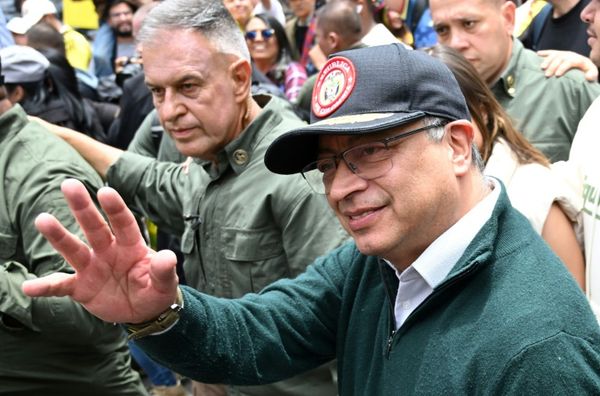
Unionised staff at the Australian Associated Press (AAP) have resolved to send letters to management airing their disappointment after pay talks in which the newswire put forward an “insulting” counter offer to employees.
The revised offer tabled by management during pay negotiations late last month would see AAP staff get a 2% pay rise backdated from July 1, with an additional 1.5% increase from January 1 next year. Shortly after those talks, unionised staff agreed to send anonymous messages to management by way of AAP’s online feedback form to show management “how serious” they are about securing an improved deal.
AAP staff entered into a fresh round of pay negotiations last month, led by calls from the Media, Entertainment and Arts Alliance (MEAA) for a three-year pay deal that would see staff get annual pay rises of 6% until July 2026, and extend coverage of the enterprise agreement to cover assistant and specialist roles in the newsroom.
Leadership at AAP has so far stood firm on limiting a new deal to just one year. AAP chief executive Lisa Davies declined to comment on the negotiations.
The desired outcome would also include a commitment to address gender and racial pay gaps — which Crikey understands AAP management is considering, albeit with concerns over data collection — as well as clearer pathways to career progression and pay rises, which management has so far rejected.
Staff have also called for improvements to rostering and break patterns, which have emerged as hot-ticket negotiation items in newsrooms around the country.
The MEAA declined to comment.
The union has asked management to commit to “appropriately recruit” the number of staff needed to fill roster requirements, which Crikey understands has so far been rejected. The newswire will, however, consider increasing flexibility and transparency around rostering, and offering two “clear days” free from work for staff moving “between opposite shift patterns, e.g. night to day shifts”.
The talks come on the heels of a fresh $5 million funding commitment from the Albanese government in May, and support from Atlassian boss Mike Cannon-Brookes in March, whose philanthropic backing, alongside that of the Rockefeller Foundation, props up the newswire’s Future Economies reporting.
Government support makes up some 40% of AAP’s revenue, according to the charities watchdog, with nearly three-quarters of its income put towards employee expenses. It also relies on the generosity of a number of philanthropists to fund various reporting desks, on top of the income it pockets from commercial tie-ups for the distribution of its journalism.
Some publications with active AAP subscriptions include The Sydney Morning Herald, The Age and The Australian Financial Review after Nine signed up to a two-year print-and-text deal in December last year. Guardian Australia often runs AAP copy in its live blog, and Private Media, publisher of Crikey, also publishes its text and images.
“Everything we do is to support the public interest journalism,” Davies told The Australian Financial Review in March. “Newswires internationally are loss-making businesses. They are either supported by the industry, media owns it and puts [in its] own cash, or the government funds it.”







